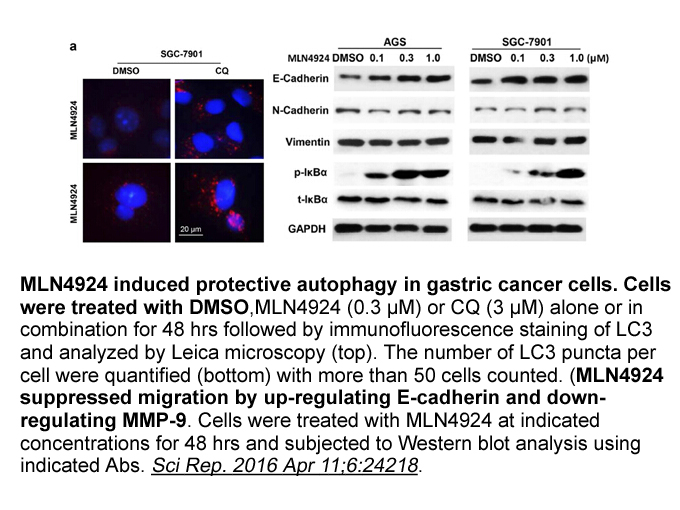Archives
In conclusion through a series of experiments we showed that
In conclusion, through a series of experiments we showed that our antigen LALF32-51-E7 combined with alum adjuvant promotes a Th1 immune response and consequently an anti-tumor response in the TC-1 tumor model. Based on our results, we suggest not to underestimate the capacity of Al(OH)3 as adjuvant for vaccines that require of the induction of the cellular immunity.
The results obtained by us demonstrating the anti-tumor response induced by therapeutic vaccination with LALF32-51-E7 + Al(OH)3 could have an important application in future clinical trials in women with cervical intraepithelial neoplasia grade 1 (CIN 1). CIN 1 is most frequently in young women in reproductive age; therefore, the availability of a therapeutic vaccine containing a safe adjuvant as alum could be of great importance.
Conflict of interest
Acknowledgments
This work was supported by the Center for Genetic Engineering and Biotechnology. The authors would like to thank Dr. Jorge Valdés, Dr. Dinorah Idaody, Dayana Soler and Maelys Miyares for their contribution with the manufacturing of LALF32-51-E7 fusion protein. We would also like to thank Alina B. Fresneda for her technical support in the ELISA assays.
Introduction
Leukemia is a type of cancer of the blood or bone marrow characterized by an abnormal increase of immature white blood cells. These immature poly ic accumulate in blood and organs but all of them are not able to carry out the normal functions of blood [1]. Due to increase the abnormal blood cells in the peripheral blood the normal function of normal immune cells are altered.
Specific doses of ENU, also known as N-ethyl-N-nitrosourea (chemical formula C3H7N3O2), can induce mixed type of leukemia (both the myelogenous and lymphogenous) [2]. Neutrophils, the most abundant immune cell in blood quickly arrive at sites of infection and form the first line of defense following infection. The key role of neutrophils is the antimicrobial effector functions and the ability to produce cytokines to initiate inflammatory responses and chemokines to induce trafficking of immune cells [3].
During the beginning (acute) phase of inflammation, particularly as a result of bacterial infection, environmental exposure [4], and some cancers [5], neutrophils are one of the first-responders of inflammatory cells to migrate towards the site of inflammation. In leukemia, the immune system is in depressed condition and the infection by different microorganism in that condition, is prevented generally by the neutrophils. In acute leukemic condition the number of neutrophil decreased significantly [6]. Neutrophils migrate through the blood vessels, then through interstitial tissue, following chemical signals such as Interleukin-8 (IL-8) and C5a by the process called chemotaxis [7]. The neutrophils in chronic myeloid leukemia (CML) exhibit defects in several functions [8].
The innate immune system has evolved to discriminate between self and foreign pathogens through a process that relies, to a great extent, on an evolutionary conserved family of pattern recognition rec eptors, including TLRs. At least 13 TLRs have been identified in mammals to date and their ligands are predominantly pathogen-associated molecular patterns, a limited set of conserved molecular patterns that are unique to microbes [9]. TLRs are type 1 transmembrane receptors that play important role in innate immune recognition of pathogens [10]. Recognition of conserved molecular patterns found on microbes by these invariant, germ line encoded receptors leads to a signal transduction cascade that results in cellular activation and cytokine release in both immune and non-immune cells.
Granulocyte colony stimulating factor (G-CSF) is a lineage specific hematopoietic growth factor that initiates the differentiation and proliferation of committed progenitor cells into mature neutrophils. G-CSF exerts its proliferative effect mainly at the stage of myeloblast-promyelocyte, and also stimulates the release of mature bone marrow neutrophils from storage pools into the peripheral circulation [11]. In vivo studies of G-CSF administration reveals enhanced adhesion on nylon wool, phagocytosis, luminal enhanced chemiluminescence, degranulation and expression of cell surface antigens [12]. One study also showed promotion of neutrophil survival in vitro[13]. After allogeneic stem cell transplantation the patient with invasive fungal disease also improved with G-CSF treatment [14].
eptors, including TLRs. At least 13 TLRs have been identified in mammals to date and their ligands are predominantly pathogen-associated molecular patterns, a limited set of conserved molecular patterns that are unique to microbes [9]. TLRs are type 1 transmembrane receptors that play important role in innate immune recognition of pathogens [10]. Recognition of conserved molecular patterns found on microbes by these invariant, germ line encoded receptors leads to a signal transduction cascade that results in cellular activation and cytokine release in both immune and non-immune cells.
Granulocyte colony stimulating factor (G-CSF) is a lineage specific hematopoietic growth factor that initiates the differentiation and proliferation of committed progenitor cells into mature neutrophils. G-CSF exerts its proliferative effect mainly at the stage of myeloblast-promyelocyte, and also stimulates the release of mature bone marrow neutrophils from storage pools into the peripheral circulation [11]. In vivo studies of G-CSF administration reveals enhanced adhesion on nylon wool, phagocytosis, luminal enhanced chemiluminescence, degranulation and expression of cell surface antigens [12]. One study also showed promotion of neutrophil survival in vitro[13]. After allogeneic stem cell transplantation the patient with invasive fungal disease also improved with G-CSF treatment [14].